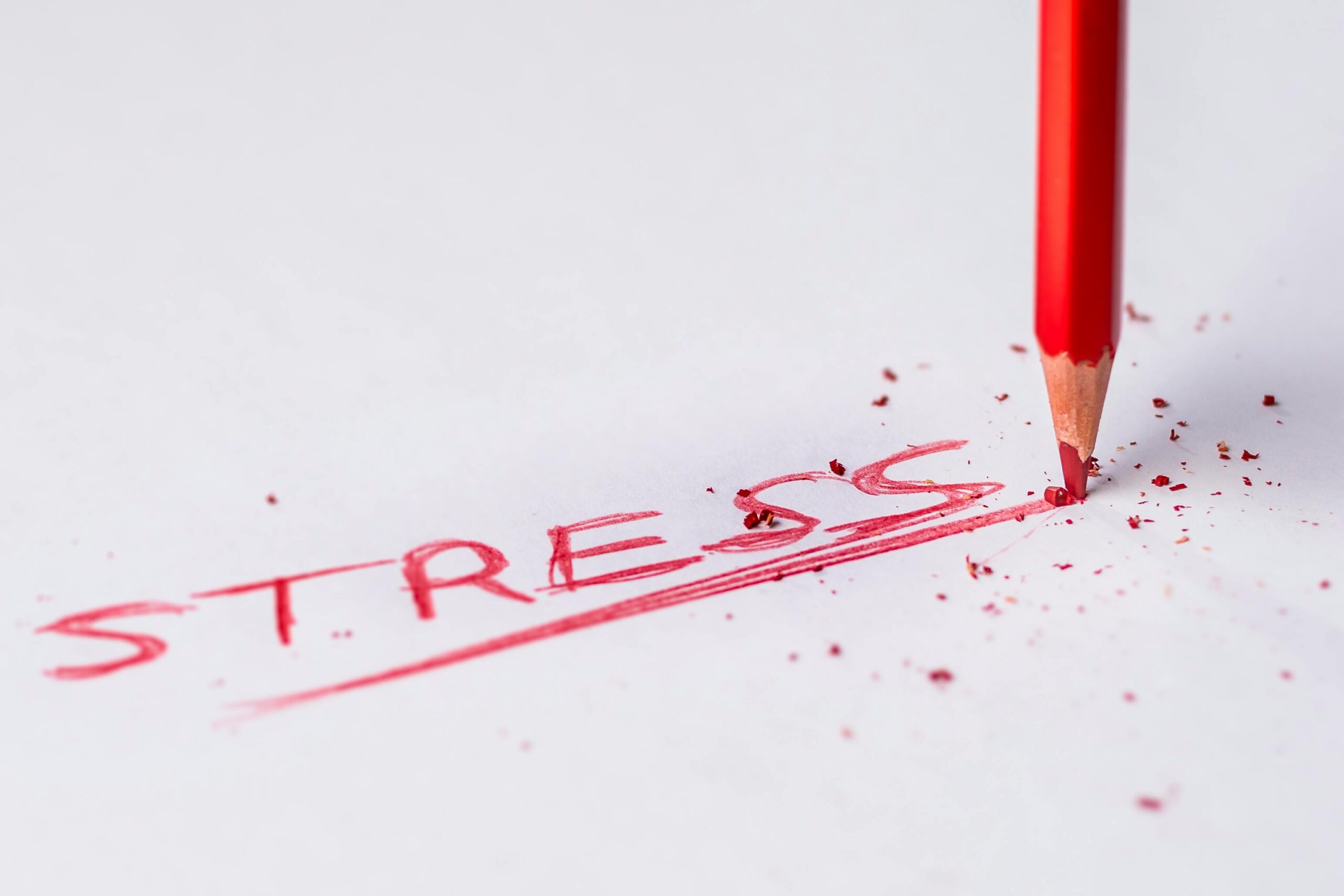In the fast-paced and competitive Indian corporate environment, stress has become an almost inevitable part of work life. A 2022 survey conducted by the Indian Council for Research on International Economic Relations (ICRIER) found that nearly 75% of Indian professionals report feeling stressed at work on a daily basis. With long working hours, tight deadlines, and the pressure to meet rising expectations, the Indian workforce is often overwhelmed, impacting both mental health and productivity.
At InnerAlly, we believe that managing workplace stress isn’t just about surviving — it’s about thriving. Here are some strategies that can help you take control of stress and strike a healthy balance between work and life.
Step 1- Recognize the Signs of Stress Early
The first step to managing stress is recognizing it. Stress often manifests itself physically and emotionally — headaches, irritability, sleep disturbances, or difficulty concentrating. A recent ASSOCHAM study revealed that over 40% of employees in India face physical and mental health issues due to workplace stress. By identifying these symptoms early, individuals can take proactive steps to address them before they escalate into more serious health concerns.
Step 2 – Set Clear Boundaries Between Work and Personal Life
In a country where work hours often stretch beyond the typical 9-to-5, setting boundaries becomes crucial. According to a report by Microsoft, 30% of Indian workers feel that their work-life balance has worsened over the years due to the increase in digital communication. Setting clear boundaries between work and personal life can help:
- Define work hours: Once your workday ends, try to disconnect. Avoid checking work emails or attending calls after hours unless absolutely necessary.
- Prioritize downtime: Use your evenings or weekends to engage in activities that rejuvenate you — whether it’s spending time with family, pursuing a hobby, or simply relaxing.
Step 3 – Adopt Time Management Techniques
Improper time management is one of the leading causes of workplace stress. To combat this, adopt techniques like:
- The Pomodoro Technique: Break your work into 25-minute intervals, followed by a 5-minute break. This helps maintain focus while preventing burnout.
- Eisenhower Matrix: Prioritize tasks based on urgency and importance, ensuring you focus on high-impact tasks without getting bogged down by low-priority items.
A study by the Indian Institute of Management in Bengaluru found that employees who implemented effective time management practices were 25% more productive and experienced a 15% reduction in stress.
Step 4 – Leverage Support Systems
India’s corporate culture is evolving, and many organizations now recognize the importance of mental health. Utilize Employee Assistance Programs (EAPs), counseling services, or mental health initiatives offered by your company. Having a strong support system at work can reduce the feelings of isolation that contribute to stress.
Additionally, InnerAlly encourages employees to build personal support networks outside of work — friends, family, or even peer groups — who can provide emotional support when work becomes overwhelming.
Step 5 – Practice Mindfulness and Relaxation Techniques
Mindfulness and meditation are proven stress-relief techniques. India, being the birthplace of these ancient practices, offers a wealth of knowledge in this area. Regular mindfulness practices, such as yoga or deep-breathing exercises, can help reduce stress levels significantly.
Studies by the All India Institute of Medical Sciences (AIIMS) show that individuals practicing yoga or meditation regularly reported a 33% decrease in stress levels and a marked improvement in their emotional well-being.
Step 6 – Stay Physically Active
Physical activity is a natural stress-buster. It releases endorphins, the body’s natural mood enhancers, and reduces the levels of stress hormones such as cortisol. The World Health Organization recommends at least 150 minutes of moderate-intensity physical activity per week to maintain overall health and reduce stress. Simple activities like walking, stretching during work breaks, or incorporating a workout routine into your day can make a big difference.
Step 7 – Seek Professional Help When Necessary
Sometimes, stress can feel overwhelming, and it’s important to know when to seek help. Whether through a counselor, therapist, or even stress management workshops, professional support can provide you with the tools to better manage your mental health.
At InnerAlly, we offer mental wellness resources designed to help individuals better cope with stress, whether in the workplace or in their personal lives. Through guided therapy sessions, resilience training, and stress management tools, we aim to empower the Indian workforce to thrive under pressure.S
Step 8 – Final Thoughts: Building a Stress-Resilient Workforce
The Indian workplace is rapidly changing, and while stress may be a common part of this journey, it doesn’t have to dictate your experience. By adopting the strategies mentioned above, you can take charge of your stress, maintain a healthier work-life balance, and boost your overall well-being.
InnerAlly is committed to helping individuals and organizations manage stress and mental health challenges. With the right tools, knowledge, and support, a more balanced and fulfilling professional life is within reach.












